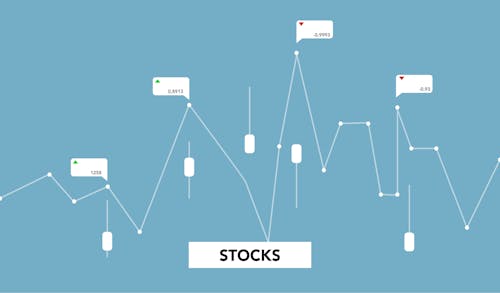
 Image Source: Pexels
Image Source: Pexels
The third quarter of 2024 saw a clear reversal in market leadership, with the Low Volatility and High Dividend factors performing the best while the Momentum and Growth factors performed the worst. This was a stark shift from the first and second quarters of the year, when Momentum was the standout performer across all regions and Growth also performed strongly. The change coincided with relative weakness in the information technology (IT) sector. In another difference from earlier in the year, Smaller Caps generated positive returns across most markets, while the Value factor was more mixed but generally performed well.Within Emerging Markets, country and sector positioning were more of a driver of performance than style, with the strong rally in China being a key determinant of manager relative returns as well as positioning in the IT sector. For Japan, Quality and Low Volatility were standout positive factors.The third quarter ended up being a strong period for most equity markets, but it wasn’t without its twists and turns. Overall, it was dominated by three key events which contributed to overall market volatility. First, there was the unwind of the Japanese yen carry trade in early August, which resulted in a sharp selloff across most equity markets. Then, toward the end of the quarter, the U.S. Federal Reserve (Fed) delivered a supersized rate cut—its first cut in four years—which was quickly followed by China unleashing a wave of stimulus to stabilize its economy.Overall, it was another positive quarter for most markets in local currencies, and even stronger for the U.S. dollar (USD), given the weakening in the greenback on underwhelming economic data as well as the big Fed rate cut.On balance, the third quarter was a more favorable environment for active managers in the UK, Japan, Europe, Australia, and Listed Infrastructure, while being more challenging for Global, Global ex-U.S., Emerging Markets, U.S. Small Cap, Long/Short strategies, and Global Real Estate managers. Active manager results in U.S. Large Cap were mixed.Interest-rate-sensitive sectors such as utilities and real estate were the best performers across most markets, with financials and consumer staples also performing strongly. In emerging markets, consumer discretionary was the best performing sector, supported by a recovery in Chinese names. Conversely, the IT and energy sectors were by far the worst performers across most markets.Investors are increasingly of the belief that the U.S. will achieve a soft landing, which when combined with the Fed’s initial interest rate cut, drove positive sentiment during this period. This was reflected in the broadening of the equity market rally, alongside ongoing concerns from some managers about valuations and longevity of the tech rally. China’s largest wave of stimulus since the end of COVID-induced lockdowns was also a meaningful contributor to positive investor sentiment and market reversals.In the short term, investors expect ongoing market volatility as the U.S. elections in November approach. Beyond that, the key risks remain an escalation of the current situation in the Middle East as well as the war between Russia and Ukraine.At Russell Investments, our unique relationship with underlying managers affords us special access into the latest active management insights. Here are the key takeaways in third-quarter active management performance from our manager research team.
Global equities
The third quarter was a moderately favorable environment for active Global equity managers and more challenging for International strategies, with around 50% and 45% of products outperforming respective benchmarks.
U.S. equities
The third quarter was a mixed environment for active U.S. Large Cap while being more challenging for U.S. Small Cap, with around 50% and 30% of products outperforming their respective benchmarks.
Emerging Markets equities
The third quarter was a challenging environment for active Emerging Markets managers, with around 25% of products outperforming the EM index.
UK and European equities
The third quarter was a favorable environment for active UK equity and European equity managers, with around 70% and 50% outperforming their respective benchmarks.
Japan equities
The third quarter was a favorable environment for active Japanese equity managers, with around 70% of products outperforming the Tokyo Stock Price Index (TOPIX).
Australian equities
The third quarter was a moderately favorable environment for active Australian equity managers, with around 50% of products outperforming the ASX 300 Index.
Canadian equities
The third quarter was a challenging environment for active Canadian Large Cap equity managers, with around 35% of products outperforming the S&P/TSX Index.
Long/Short equity
The third quarter was a challenging environment for Long/Short strategies, with the HFRI Equity Hedge Index advancing 3.8%, trailing the MSCI World Index. The HFRI Equity Market Neutral Index trailed the broader directional HFRI Equity index, advancing 1.2% as shorts were a headwind due to Q3’s market rally.
Real estate and infrastructure
The third quarter was a favorable environment for active Global Infrastructure managers and challenging for Global Listed Real Estate managers, with around 85% and 30% of products outperforming respective benchmarks.Real estate
Infrastructure
More By This Author:What’s Behind The Recent Rise In U.S. Treasury Yields? The Magnificent Seven: Market Concentrations And Complications Equity Factor Report – Q3 2024: Value And Low Volatility Strategies Rally















